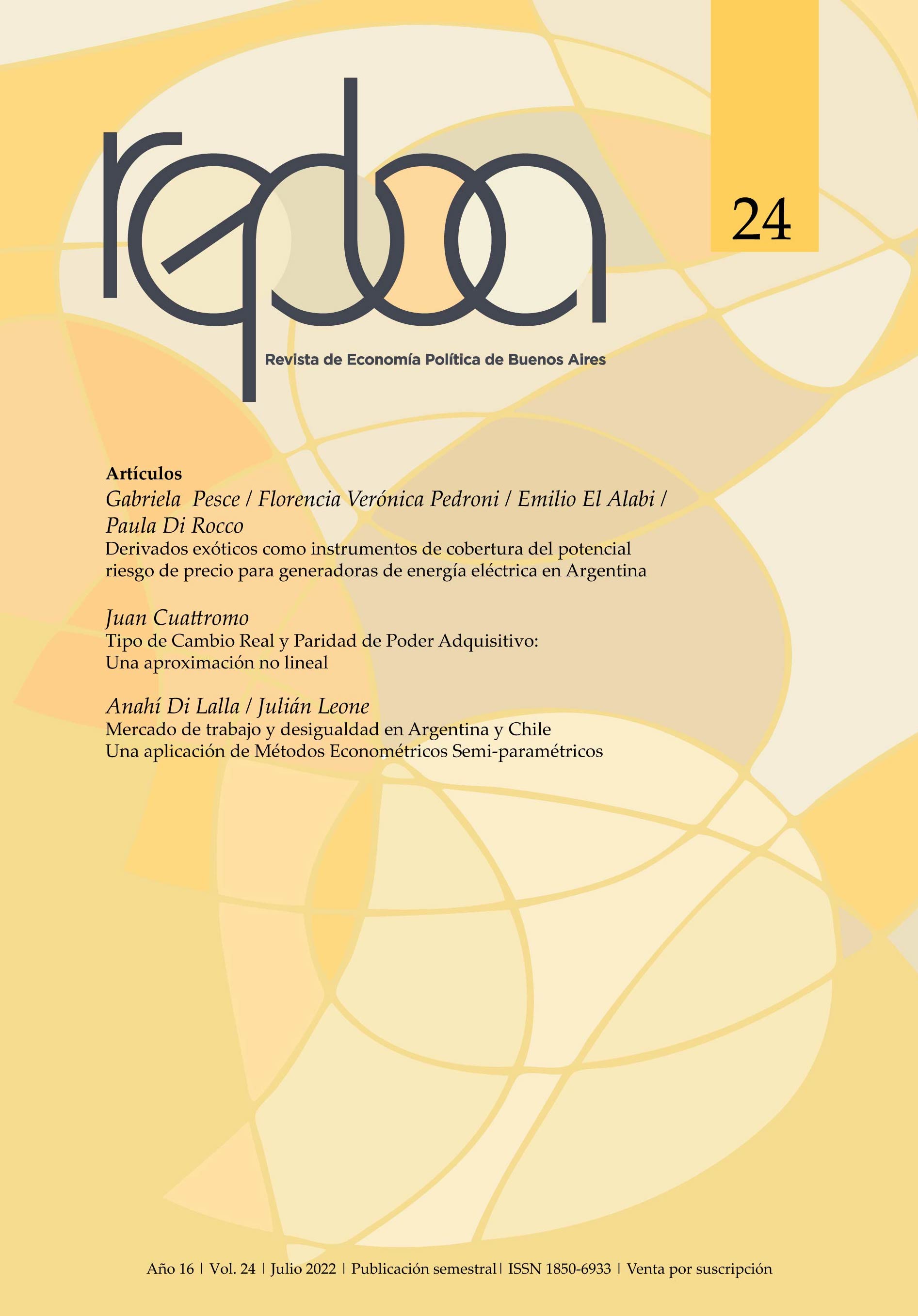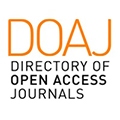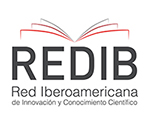Tipo de Cambio Real y Paridad de Poder Adquisitivo: Una aproximación no lineal
Resumen
El objetivo de este trabajo es investigar un modelo autorregresivo de transición suave (STAR, por su sigla en inglés) para su aplicación a la serie del Tipo de Cambio Real (TCR) bilateral con Estados Unidos. Encontramos que la metodología propuesta sugiere que la serie del TCR debería modelarse como un proceso estacionario no lineal con una función de transición asimétrica (vgr. logística). Sin embargo, al constatar la robustez de estos resultados encontramos que la presencia de valores extremos (vgr. outliers) y problemas de baja potencia sugieren tomar estas conclusiones con cierta precaución.
Descargas
Citas
Ahmad, Y. y Glosser, S. (2011); “Searching for Nonlinearities in Real Exchange Rates”, Applied Economics, Taylor & Francis Journals, vol. 43(15), pages 1829-1845.
Banco Central de la República Argentina (1936); “Memoria Anual: Primer Ejercicio 1935”. Buenos Aires, Argentina.
Cassel, G. (1918): “Abnormal Deviations in International Exchanges”, The Economic Journal, Vol. 28, No. 112.
Dal Bianco, M. (2008a); “Dos Ensayos sobre el Tipo de Cambio Real”. Tesis de Maestría. Facultado de Ciencias Económicas. UBA.
Dal Bianco, M. (2008b); “Argentinean Real Exchange Rate 1900-2006: Testing Purchasing Power Parity Theory”. Estudios de Economía. Vol. 35 – N° 1. Junio.
Dickey, D. y Fuller, W. (1979); “Distribution of the Estimators for Autorregresive Time Series with a Unit Root”, Journal of the American Statistical Association, 74, 427-431.
Enders, W. (1995); “Applied Econometric Time Series”, Wiley Series in Probability and Mathematical Statistics.
Ferreres, O. (2005); “Dos Siglos de Economía Argentina 1810-2004”, Fundación Norte y Sur. Buenos Aires.
Gerchunoff, P., y Llach, L. (1998); “El Ciclo de la Ilusión y el Desencanto. Un Siglo de Políticas Económicas Argentinas”. Editorial Ariel. Buenos Aires. Argentina.
Johansen, S. (1991); “Estimation and hypothesis testing of cointegration vectors in Gaussian Vector Autoregressive Models”. Econometrica, Vol. 59, Nro 6 1551-1580.
Kapetanios, G., Shin, Y. y Snell A. (2003); “Testing for a unit root in the nonlinear STAR framework”. Journal of Econometrics, 112, 359 – 379
Kilian, L. y Taylor, M. (2003); “Why is it so difficult to beat the random walk forecast of exchange rates?”. Journal of International Economics, Vol. 60, issue 1.
Kruse, R. (2011); “A new unit root test against ESTAR based on a class of modified statistics”. Statistical Papers, Volume 52, Issue 1, 71–85.
Montenegro, G. (2017); “Un Siglo de Paridad de Poder de Compra en Argentina”. Anales de la LII Reunión Annual, Asociación Argentina de Economía Política.
Ng, S. y Perron, P. (2001); “Lag Length Selection and the Construction of Unit Root Tests with Good Size and Power”, Econometrica 69(6), 1519-1554.
Phillips, P. and Perron, P. (1988); “Testing for a Unit Root in Time Series Regression”, Biometrika, 75, 335-346.
Robinson, J. (1949): “The Foreign Exchanges”, en Essays in the Theory of Emploment, Oxford: Blackwell, 2nd ed.
Rogoff, R. (1996); “The PPP Puzzle,” Journal of Economic Literature 34, pp. 647-668.
Sarno, L. (2005); “Viewpoint: Towards a solution to the puzzles in exchange rate economics: where do we stand?”, Canadian Journal of Economics, Vol. 38, N° 3. Agosto.
Sarno, L. y Taylor, M. (2002); The Economics of Exchange Rate, Cambridge University Press.
Sarno, L. y Taylor, M. (2009); “The Economics of Exchange Rates”, Cambridge University Press.
Taylor M., y Kim H. (2009); “Real Variables, Nonlinearity, and European Real Exchange Rates”, en NBER International Seminar on Macroeconomics 2008, Frankel y Pissarides (ed), University of Chicago Press.
Taylor, M., Peel, D. y Sarno, L. (2001), “Nonlinear Adjustment, Lon-Run Equilibrium and Exchange Rate Fundamentals,” Journal of International Money and Finance, 19, pp. 33-53.
Teräsvirta, T. (1994); “Specification, Estimation, and Evaluation of Smooth Transition Autoregressive Models”, Journal of the American Statistical Association, Vol. 89, No. 425 (Mar., 1994), pp. 208- 218.
Wang, S. y Yang Y. (2016); “PPP test for Asian countries and regions: new evidence from a wild bootstrap AESTAR test”. Applied Economics Letters.
Wang, S. y Yu, J. (2017); “A new unit root test based on F-statistic in ESTAR framework”. Applied Economics Letters, 24:19, 1412-1416.
La aceptación de un original por parte de la revista implica la cesión no exclusiva de los derechos patrimoniales de los autores en favor de la Revista de Economía Política de Buenos Aires, quien permite la reutilización del contenido bajo una licencia Creative Commons:
Atribución-NoComercial-SinDerivadas
CC BY-NC-ND
De esta manera, el material se puede compartir y adaptar, siempre que se cite la autoría y la fuente original de su publicación (revista y URL de la obra), no se use para fines comerciales y se mantengan los mismos términos de la licencia.












